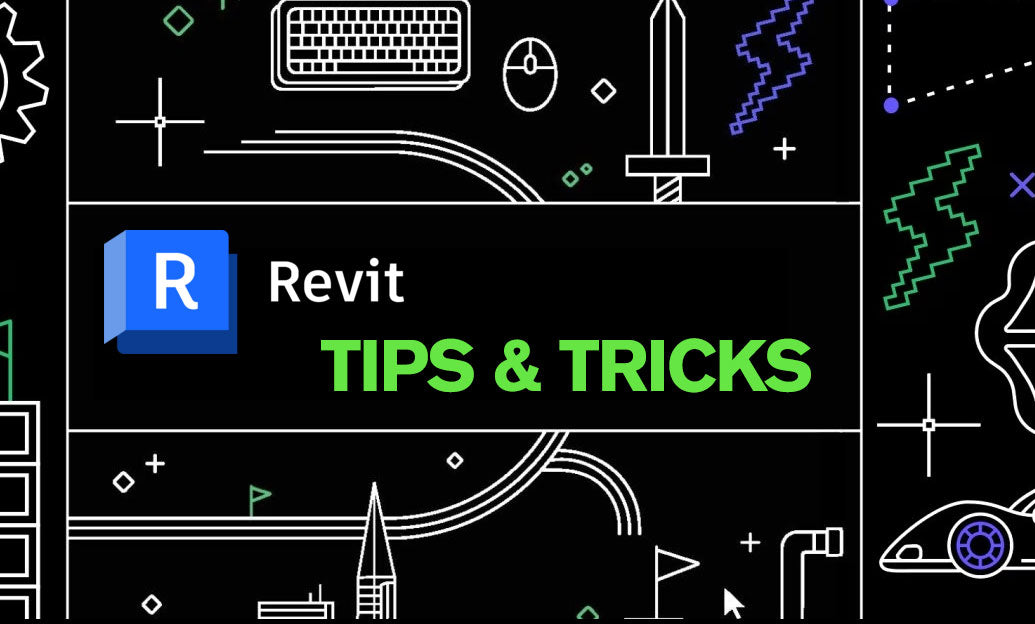Your Cart is Empty
Customer Testimonials
-
"Great customer service. The folks at Novedge were super helpful in navigating a somewhat complicated order including software upgrades and serial numbers in various stages of inactivity. They were friendly and helpful throughout the process.."
Ruben Ruckmark
"Quick & very helpful. We have been using Novedge for years and are very happy with their quick service when we need to make a purchase and excellent support resolving any issues."
Will Woodson
"Scott is the best. He reminds me about subscriptions dates, guides me in the correct direction for updates. He always responds promptly to me. He is literally the reason I continue to work with Novedge and will do so in the future."
Edward Mchugh
"Calvin Lok is “the man”. After my purchase of Sketchup 2021, he called me and provided step-by-step instructions to ease me through difficulties I was having with the setup of my new software."
Mike Borzage
Exploring the Revolution: Robotic Process Automation's Impact on Design Processes and Future Trends
June 14, 2024 2 min read


Introduction to Robotic Process Automation (RPA) in Design
Robotic Process Automation, or RPA, represents a groundbreaking shift in the way design work is conceptualized and executed. This technology enables the automation of repetitive and rule-based tasks, allowing designers to focus on more creative aspects of their projects. Historically, the evolution of RPA in the design industry has been marked by a shift from manual design processes to increasingly automated and efficient workflows. At its core, RPA integrates with design software to automate tasks such as data entry, templating, and quality checks without human intervention.
How RPA is Revolutionizing Design Processes
The integration of RPA into design workflows has led to a significant transformation in how designs are created, modified, and verified. Among the myriad applications, a few notable examples include:
- Automated data entry and management, drastically reducing the time spent on manual data input and updates.
- Auto-generation of design elements based on predefined rules, enabling faster creation and iteration of design concepts.
- Quality assurance checks and error detection, ensuring designs meet all specified standards and requirements before finalization.
When comparing traditional design processes with RPA-enhanced workflows, the differences are stark. RPA offers significant benefits for designers, such as substantial time savings, accuracy improvements, and creativity enhancement by freeing up time for more innovative work.
Challenges and Considerations in Implementing RPA
While RPA holds great potential for transforming design processes, several challenges can impede its successful integration. These include:
- Technical limitations of RPA tools in handling complex or highly creative tasks.
- Resistance to change among design professionals who may be skeptical of automation.
- The costs and training requirements associated with implementing new technologies.
To overcome these challenges, adopting a strategic approach to RPA implementation is crucial. This involves:
- Selecting RPA tools that are well-suited to specific design tasks and workflows.
- Investing in training for design teams to ensure they are comfortable and proficient with new technologies.
Future Trends and the Evolving Role of RPA in Design
Looking ahead, the role of RPA in design is poised for further expansion and sophistication. Key predictions for the future include:
- Integration with AI and machine learning to enable smarter, more adaptive design automation.
- Increased adoption of RPA technologies in small and medium-sized design firms, democratizing access to advanced automation tools.
- Expanding applications of RPA beyond traditional design tasks, further enhancing efficiency and innovation in the design process.
In conclusion, staying abreast of RPA advancements is essential for design professionals aiming to leverage these technologies for improved efficiency, accuracy, and creativity in their work. As R ilontinues to evolve, its potential to revolutionize the design industry grows, offering exciting opportunities for innovation and transformation.
Also in Design News

Cinema 4D Tip: Camera-Based Projection Mapping Workflow for Cinema 4D
December 23, 2025 2 min read
Read More
V-Ray Tip: VRayDistanceTex Snow Accumulation Workflow for Art-Directed Results
December 23, 2025 2 min read
Read MoreSubscribe
Sign up to get the latest on sales, new releases and more …



